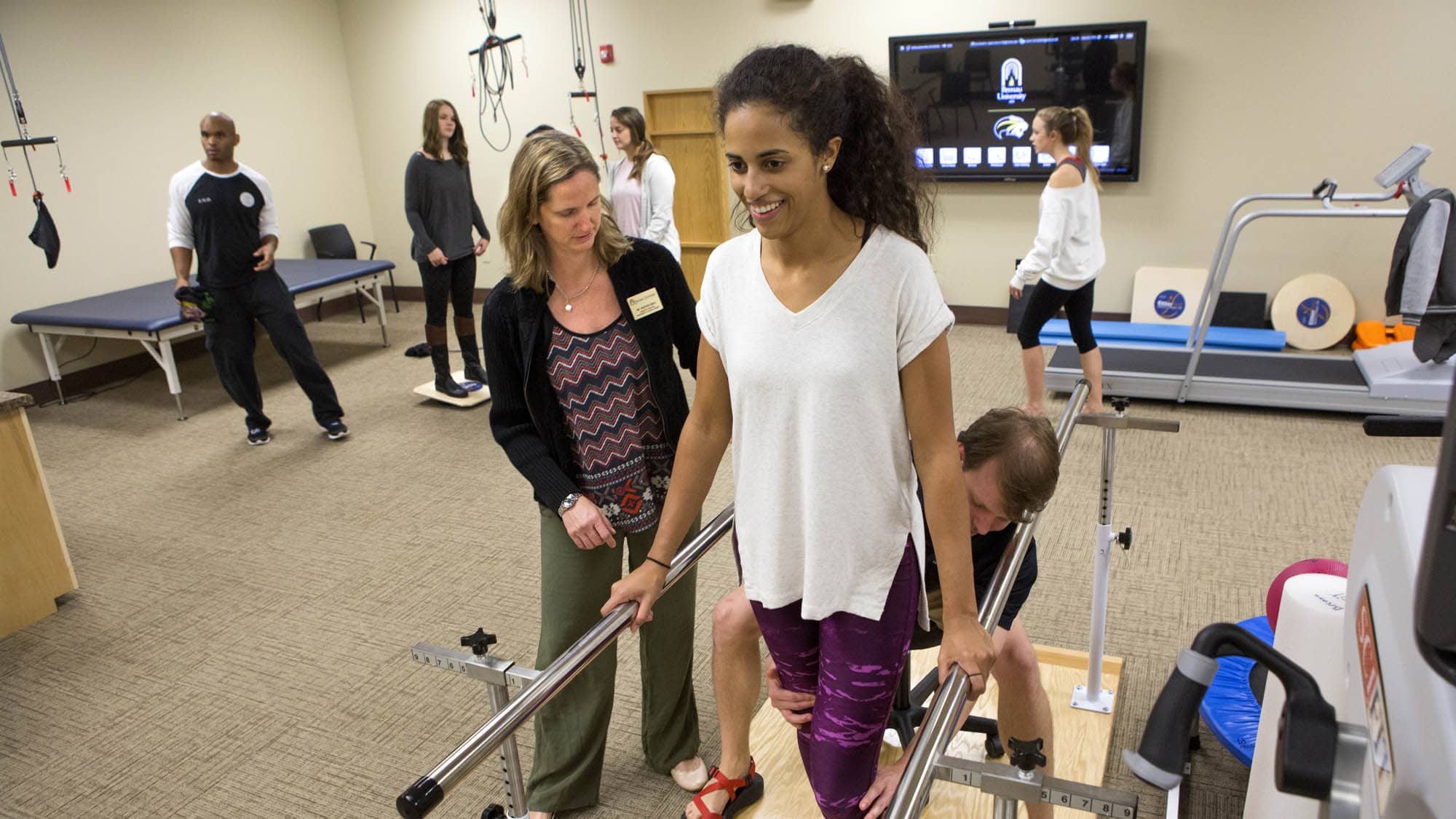Enhancing Rehabilitation Via Physical Treatment After Surgery
Enhancing Rehabilitation Via Physical Treatment After Surgery
Blog Article
Rehabilitating from surgery can be a challenging journey, but rehabilitation therapy plays a vital role in helping individuals recover their strength and movement. After surgery, the body needs a period to heal, and physical therapy provides a systematic approach to recovery. This process not only focuses on bodily rehabilitation but also emphasizes the significance of mental well-being. By participating in rehabilitation, patients can empower themselves to manage of their recovery and enhance their overall quality of life.
Rehabilitation after surgery typically begins with an evaluation by a certified physical therapist. This expert assesses the patient's condition, including their scope of motion, strength, and discomfort levels. Based on this evaluation, a customized treatment plan is developed. This plan may consist of workouts to enhance flexibility, strength training to restore muscle, and methods to improve balance and stability. The therapist will lead the patient through these workouts, making sure they are executed safely and effectively. This tailored approach helps patients advance at their own speed while addressing their specific requirements.
One of the main advantages of rehabilitation is discomfort management. After the procedure, many patients feel discomfort or pain, which can hinder their ability to move and engage in daily activities. Physical therapists use various techniques, such as hands-on therapy, treatments like heat or ice, and targeted workouts, to help alleviate pain. By managing pain effectively, patients can engage more completely in their recovery workouts, leading to quicker recovery. Additionally, understanding how to control pain can empower patients to assume an engaged role in their recovery process.
Another crucial aspect of rehabilitation is instruction. Patients are informed about their status, the recovery process, and the importance of adhering to their rehabilitation program. This understanding helps patients comprehend what to expect during recovery and the role they play in their own recovery. Physical therapists also offer guidance on how to modify daily tasks to prevent further harm and promote healing. This educational component encourages a sense of self-sufficiency click over here and confidence, allowing patients to feel more in control of their healing journey.
In summary, physical therapy is an essential component of healing after an operation. It not only aids in physical rehabilitation but also promotes emotional and emotional well-being. Through personalized treatment plans, discomfort management methods, and informative support, physical therapy empowers patients to manage of their healing. By actively engaging in their recovery, individuals can regain their strength, enhance their mobility, and enhance their overall standard of life. Embracing physical therapy after an operation can result to a successful and fulfilling recovery experience.